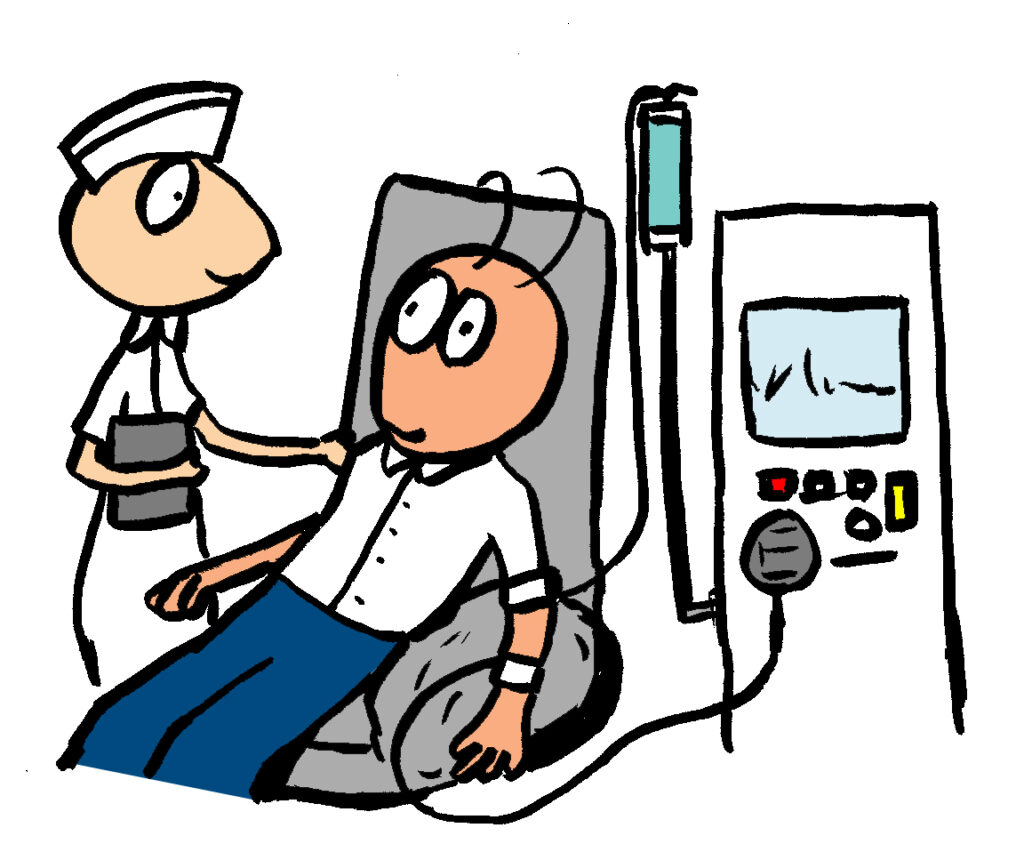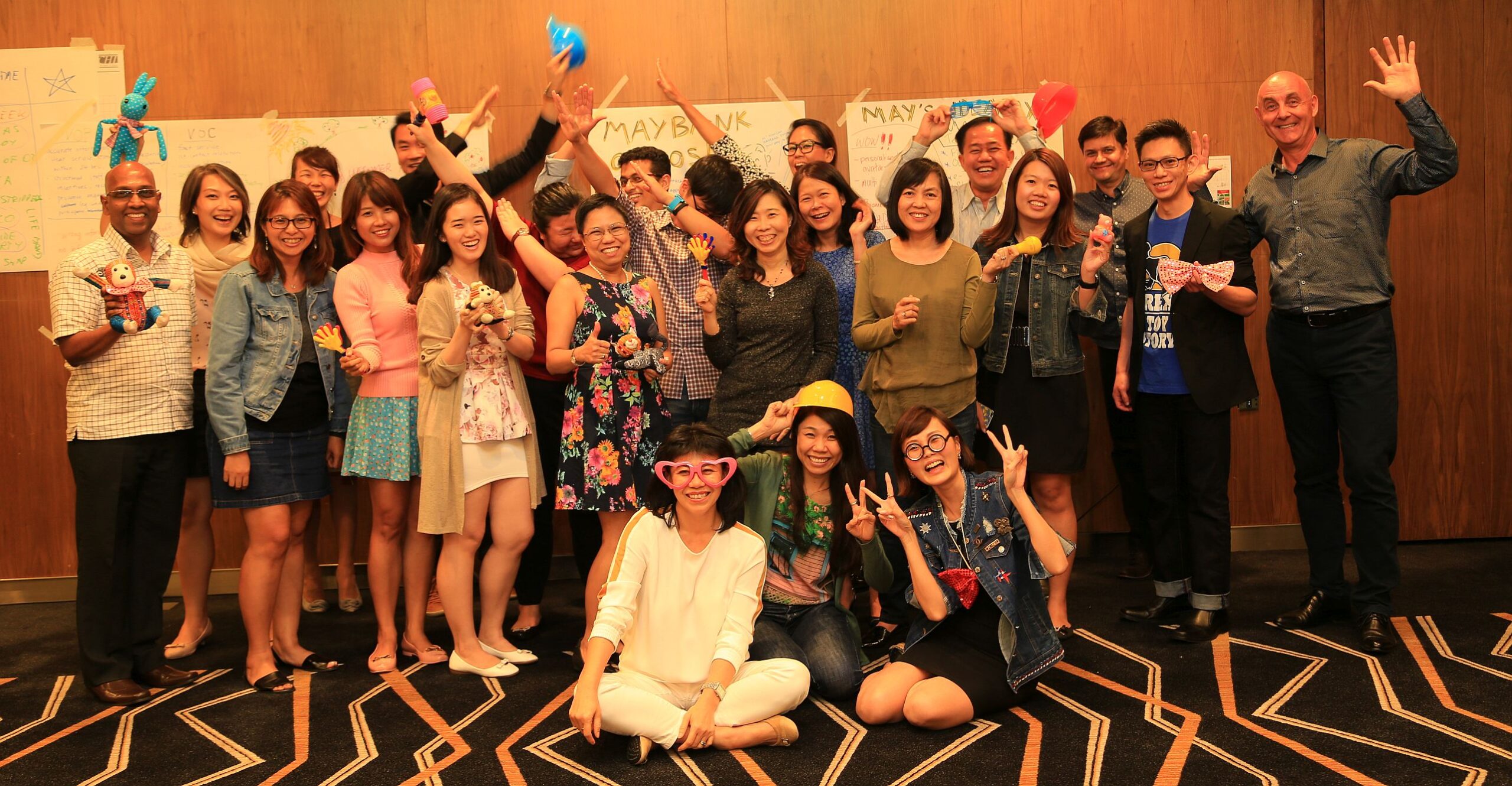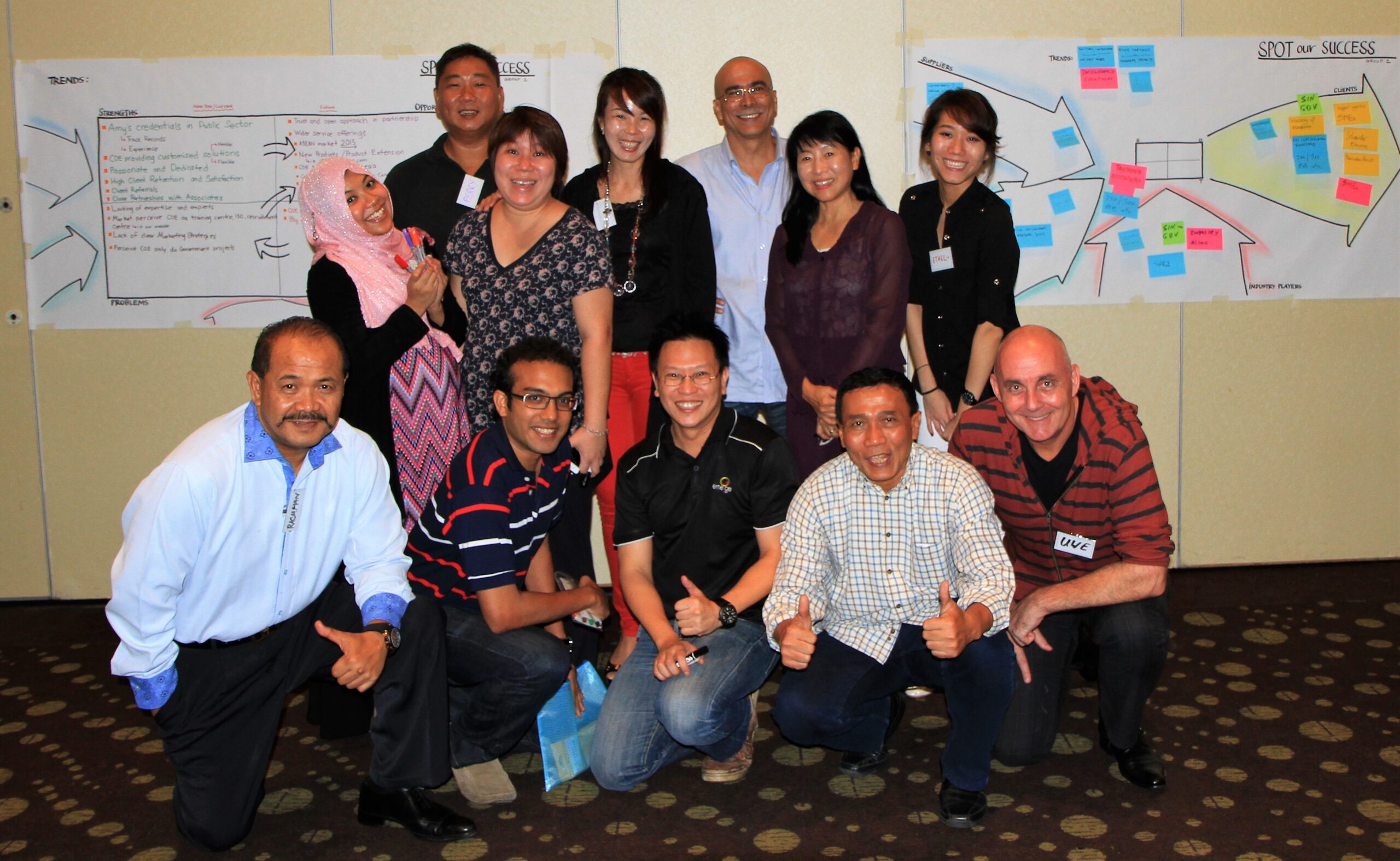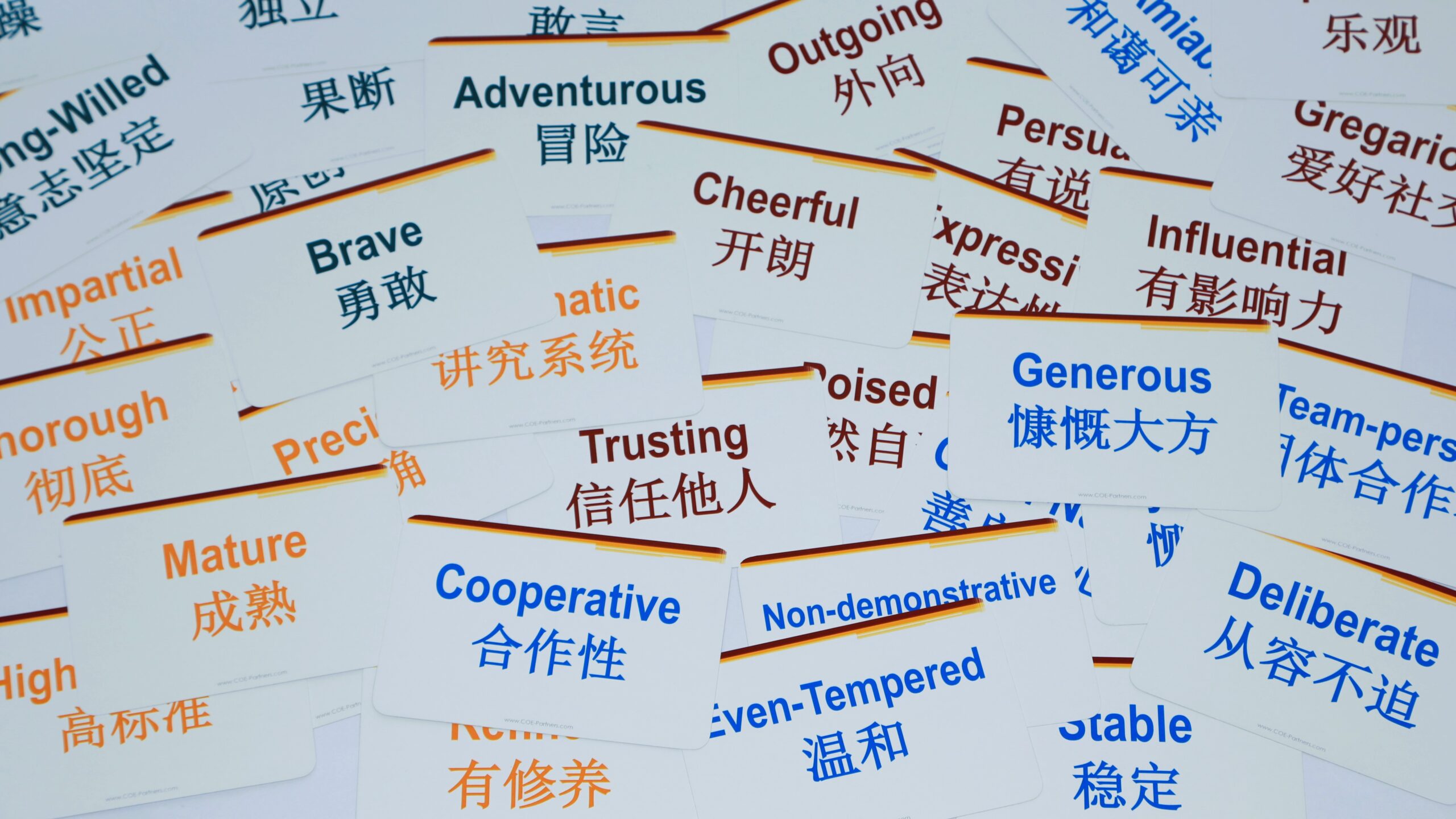Balancing Customer Satisfaction and Productivity
Understanding Takt Time and Processing Time is a Start
Understanding Variation is Key
Understanding the Demand Pattern
The real problem lies in the variation of the demand pattern – the takt time.

Understanding Takt Time
Takt time is an indicator specifying the available time per customer request. I.e. if you expect 200 customers per day and you are “open for business” for 10 hours, takt time equals to three minutes per customer. This means, all process steps involved need to be done within takt time. Consequently, process steps exceeding takt time require multiple resources, i.e. a process step that takes around 15 minutes requires at least five, better yet six resources.

Fighting and Accommodating Variation is Possible
“Train” Your Customer

Turn Waiting into Entertainment
Change Mindset of Staff
Introduce Flexible Work Hours
Cover Peak Periods with External Staff
Conclusion
In short, in service functions where demand is less predictable and tasks show more intrinsic variation, workforce planning needs a good understanding of the drivers – the variables – for workforce fluctuation and their impact. This means, it needs a detailed understanding of the takt time pattern. As a result, it is not possible to overcome the variation patterns in demand and process completely (read more in Workforce Analytics).
However, a drastic reduction of the gap between demand and supply of workforce is definitely achievable. To achieve this needs Human Resources and Process Stakeholders working closely together. Apart from cost savings, increase in employee motivation and customer satisfaction will be the pay-off.
- All Posts
- BPR
- Career Development
- Cases
- Change
- Coaching
- Competency
- Customers
- Data Science
- Enablers
- HR Strategy
- Innovation
- Leadership
- Lean Six Sigma
- Manufacturing
- OD
- Operations
- Service
- Staff Development
- Strategy
- Workforce Planning
- Working Capital
- YOG
- Back
- DISC








